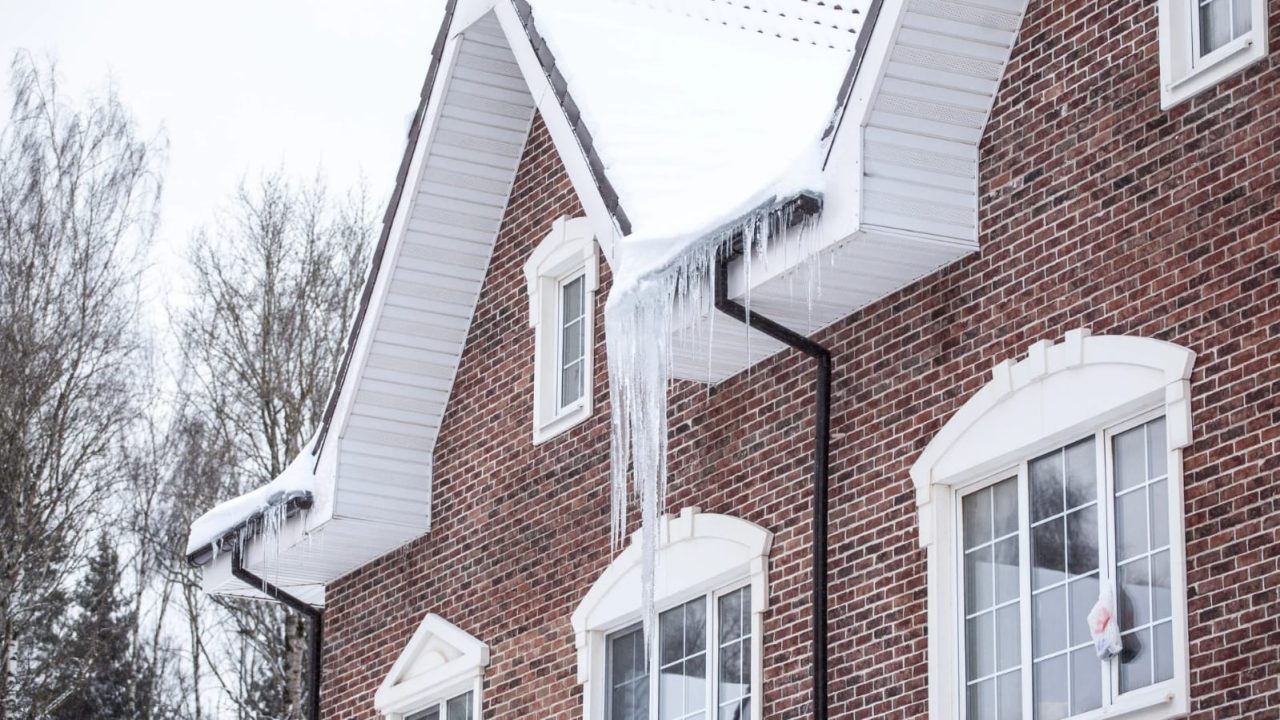According to the American Rental Housing Report from Harvard University’s Joint Center for Housing Studies, more than 18 million rental units are situated in areas exposed to extreme weather hazards.
This exposure is not distributed evenly. While most states have at least one county labeled as “high-risk” with 2,000 or more rental units, many of these units are concentrated in California and Florida.
Harvard researchers utilized data from the Federal Emergency Management Agency’s National Risk Index and the five-year American Community Survey to identify units in areas expected to suffer annual economic losses from environmental disasters like wildfires, flooding, earthquakes, hurricanes, and other calamities.

A high-risk area is characterized by a “relatively moderate,” “relatively high,” or “very high” expected annual loss.
Harvard researchers determined the number of rental units exposed to climate hazards in the U.S. by merging an area’s risk of economic loss from natural disasters with the number of rental units in those areas, as explained by Wedeen.
For instance, Florida boasts numerous rental units along with census tracts, or neighborhoods, that FEMA identified as having at least moderate risk.
This combination renders the state a hotspot. Similar conditions apply to regions in California.
In California, 4.6 million rental units, comprising 77% of the state’s rental stock, are situated in census tracts or neighborhoods estimated to confront annual economic losses due to climate-related hazards.
Meanwhile, Florida faces risks with 2.4 million rental units, representing about 89% of its rental stock, according to a Harvard study.

As more areas in the U.S. face increasing exposure to climate-related risks, experts emphasize the importance for renters to consider renters insurance and comprehend the scope of coverage provided by such policies.
In this regard, it’s noted that landlords and building owners bear responsibility for any structural damage to the building or unit resulting from natural disasters.
However, their property insurance typically excludes coverage for a tenant’s personal belongings.
Renters’ insurance policies commonly encompass losses or damages to a tenant’s personal property, with some even extending coverage to include living expenses if temporary housing is required during a unit’s repair.


